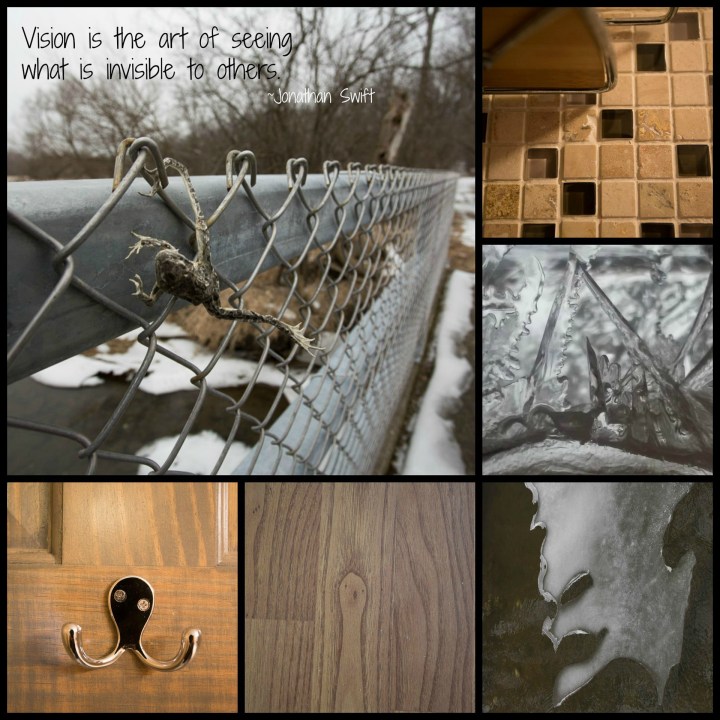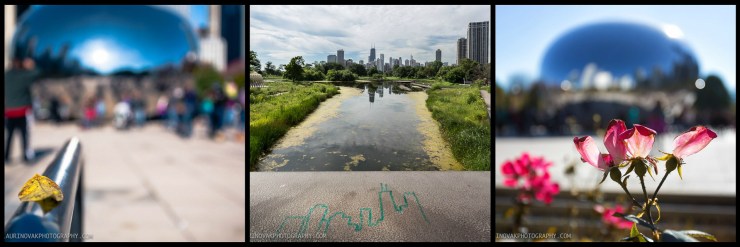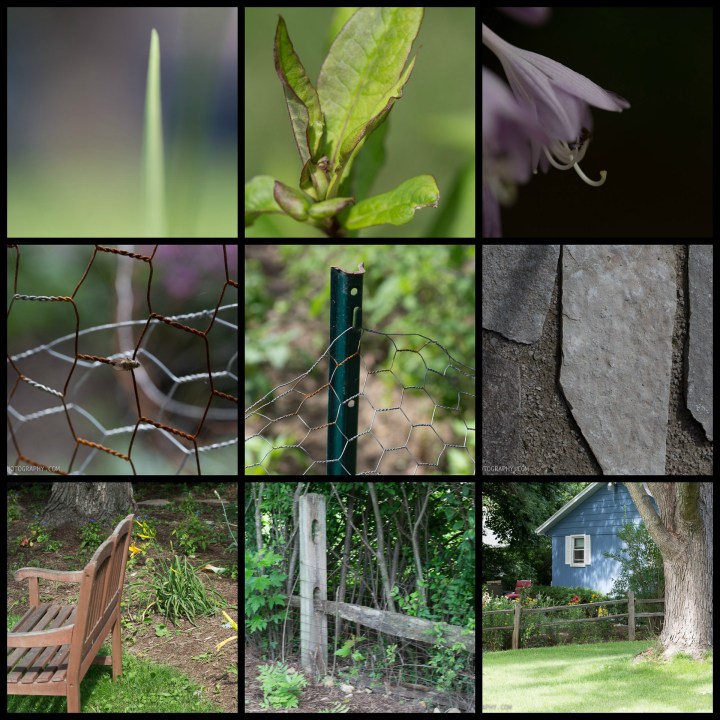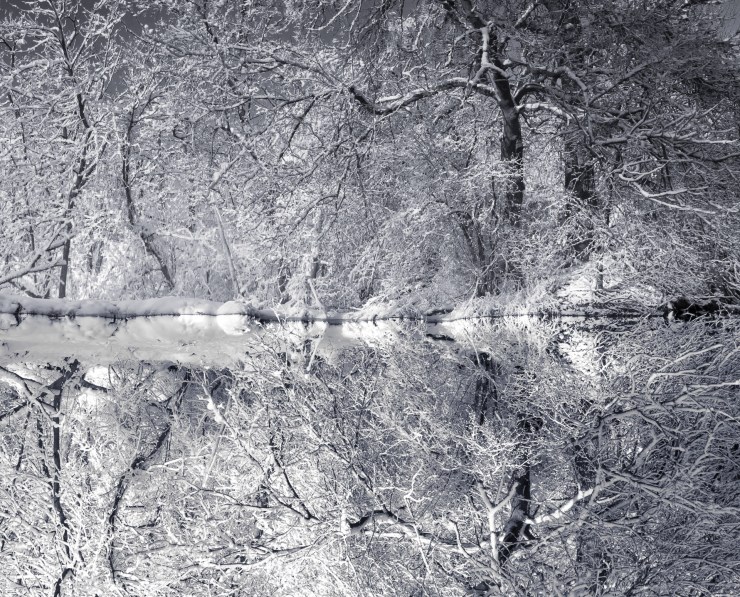We are all photographers. Phones. Tablets. Cameras. Every one of us can at almost any given moment take a photo. The question is how can you make your images different from anyone else’s?
“The real voyage of discovery consists not in seeking new landscapes, but in having new eyes.”
— Marcel Proust
Here are five exercises you can do to help you to start being more aware of the world around you, to help you start seeing differently. I teach this as a workshop and there is no editing allowed during these lessons, not even dust spot removal or straightening horizons. Think about that and how it might impact your approach to each exercise.
1. Composition: Brush up or learn the basics
There are many compositional rules in photography and art and loads of information to be found online. Pick a rule, look it up and practice it for a week. Going back to basics is usually a good way to get out of a creative rut or to just get yourself out shooting again. Here are a few composition rules to get you started.
Rule of thirds
The most famous photography rule of all! The rule of thirds involves dividing up your image using 2 horizontal lines and 2 vertical lines to dissect the image into thirds. Your subject should fall on the vertical or horizontal lines or intersections.
Rule of space
The rule of space is about giving your subject room to breathe, room to move within the frame and a way to indicate the direction of movement. If people or animals are your subject, you want to give them room to look into or look out of the frame. Let the viewer wonder what your subject sees — make them think about it.
Leading lines
Just like it sounds, right? Leading lines are a relatively easy way to get your viewer into your image, they can create depth, lead the viewer to your subject, tell a story or make a connection between objects. They can be literal lines such as train tracks (please don’t shoot on train tracks), roads, bridges, railings, shadows and the list goes on. Other objects can also be considered as lines that help bring the viewer in and through your shot. Streams, mountains, trees, grasses, a line of rocks — I think you get the ‘picture’.
Framing
This is one of those rules that can make shooting feel like a game (in my mind anyway … welcome to my mind!). Find your subject and then frame it. Frames can be found everywhere if you pay attention and look. Tree branches, shapes of buildings, even setting up a person to be your frame (you know, just think of all those hearts made of hand photos on the internet.) Using natural frames or frames that are already in the scene you’re looking at can help isolate your subject and lead your viewer right to where you want them to go.

2. Be aware of your surroundings
Start paying attention to what you see, or better yet, what you don’t see every single day. How many of us take the same route to work every day? How much do you really see what you drive by every single day? How about in your homes, cars, at your desk? We do the same things over and over each day and are oblivious to what’s around us.
There are so many details we all just gloss over in our lives. Start paying more attention to the little things (or sometimes there are big things we don’t even see). Every day I see a sea horse in my shower tiles. I see letters in the patterns of the curtains. I see faces in a lot of places (I do not, however, see dead people 😉 ).
Go out looking for faces in everyday places. What do you walk by every single day that you never really ‘saw’ before? Just doing this exercise for a few days will get you to be more aware and you will start looking at the world around you in a new way. You’ll also start seeing faces everywhere. As photographers, we have creative minds but sometimes we get stuck on making that masterpiece sunset image, cityscape or some well-known landmark and we miss other opportunities that could be staring us right in the face.

3. Slow down and see more!
It’s all about slowing down, taking the time to be in the moment, taking in your surroundings and surveying the area for all of the opportunities and options for a great shot. Go to a place you always go to shoot, a photowalk you always take or a place you’ve been a million times. It can be in your house, a local park or a major tourist spot. Spend time there without looking through the viewfinder, wander around, take it in from different spots, and also just sit and watch and SEE.
What do you see? Pretend you’ve never been to this spot before, what would you see if it were the first time you were there? What would a child see in this same spot? What would a tourist see? Choose to see through someone else’s eyes — how or what would they see?

4. Perspective
We already use our own perspectives of life-in-general when out shooting. What we present to the public, whether intentional or not, includes our perspective or How We See the world around us. We can’t help but take all of our life experiences and put them into the who, what, where, when and why we shoot. This shows in our individual styles, our individual preferences and is obviously one of the things that makes us all different.
Pick one subject and shoot it from all perspectives. High. Low. Close. Far. From Above. From Below. GET CREATIVE. Really think about this and how many different ways there are to view something. Push yourself beyond the norm.
Stop! Stand in one spot. Do not move your feet. Shoot 10 images of what’s around you. Again, think creatively. Where can I look? What do I see? This forces you to pay attention and to SEE what your surroundings offer up, it forces you to find new perspectives.
I have done both of these exercises and while the images you take may not be your best shots ever, it does make you stop and think about what you’re doing. It shows you other options when you think there aren’t any.

5. Thinking while shooting
Slow down even more. It’s difficult and it makes us uncomfortable but it’s really essential to have gone through all these steps and to take them that one last bit further. If you ever shot film you likely did this anyway, you had to or you were throwing money out the window. Every frame had to be either planned or thought out before you pressed the shutter otherwise you wasted a frame.
As we move forward in our photography hobbies and/or careers, we start to consider what it is we are doing this for. Do we want to make a few extra bucks? Do we want to make more than a few extra bucks? Are we happy with just sharing and posting images online among friends and family? Are we creating memories and printing images to put in albums to share with future generations? Do we do this as therapy, something for ourselves? Is it for the social aspect that much of photography has become?
While you’re out shooting ask yourself these questions:
- How can I make this scene/subject look different?
- What can I do differently that will make the viewer react?
- What will cause the viewer to engage and question this image?
- How can I shoot this scene/subject to make the view say, “Wow! I would never have thought of that!”
- What will I do with this image?
- Who is my audience?
- Why am I taking this image?
- Is this for documentation only?
- What mood am I trying to create?
- What STORY do I want to tell?

Perception and perspective do not always have to be in-camera. If you’ve done these exercises without editing up until now, think about some of the shots you took and consider what happens when you rotate or flip them. Aha! Another way to change it up and make your viewers think. With all the editing apps and tools available we can enhance how we saw the scene to reflect what is in our minds.
“It’s just seeing — at least the photography I care about. You either see or you don’t see. The rest is academic. Anyone can learn how to develop. It’s how you organize what you see into a picture.”
— Elliott Erwitt
Tell your story with the second annual Visual Storytelling Conference!
Experience four days of interactive, online training sessions featuring a range of educational content with experienced photographers and content creators. This free event kicks off with a series of technical boot camps to build essential skills, followed by live, online sessions on photography, video, business and social media. Join live from March 10-13, 2022!

